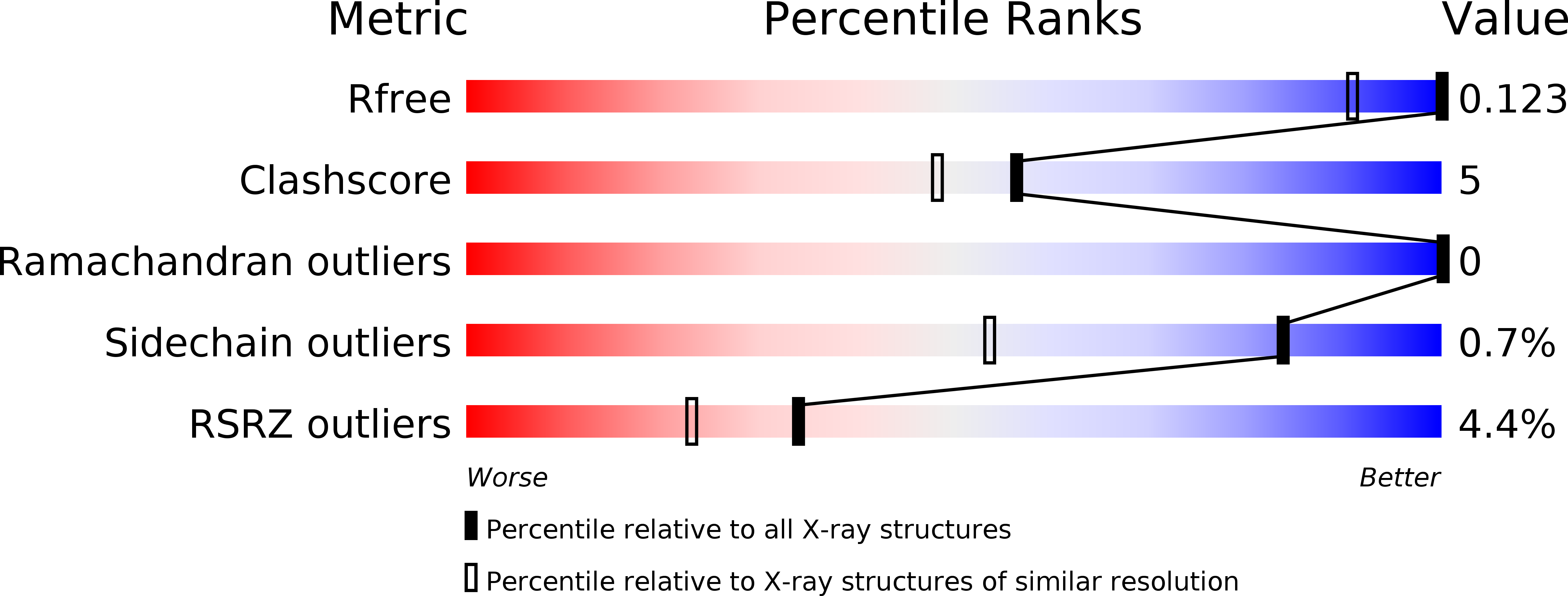
Deposition Date
2012-02-06
Release Date
2012-09-26
Last Version Date
2024-10-30
Method Details:
Experimental Method:
Resolution:
0.90 Å
R-Value Free:
0.13
R-Value Work:
0.12
R-Value Observed:
0.12
Space Group:
P 1 21 1


